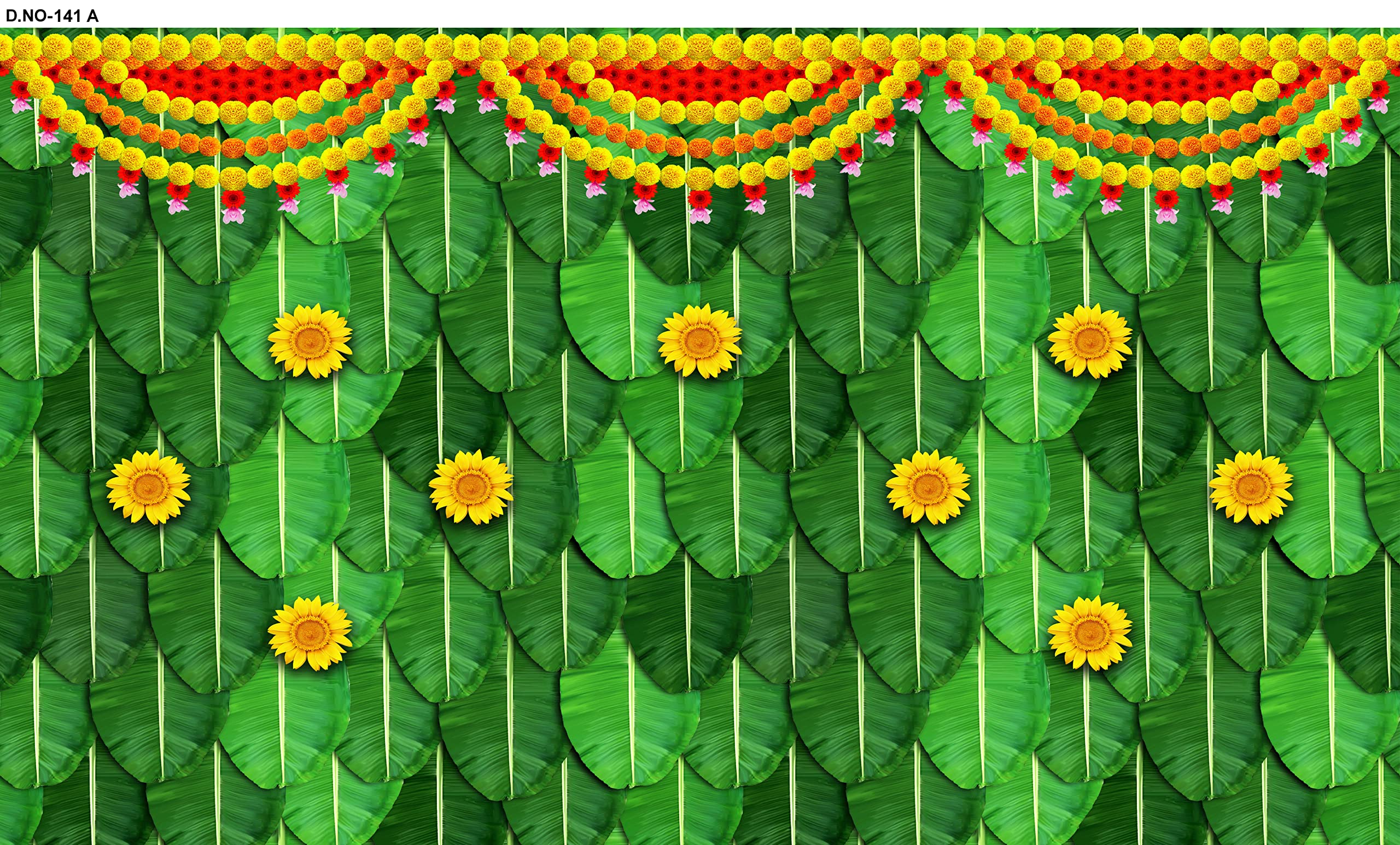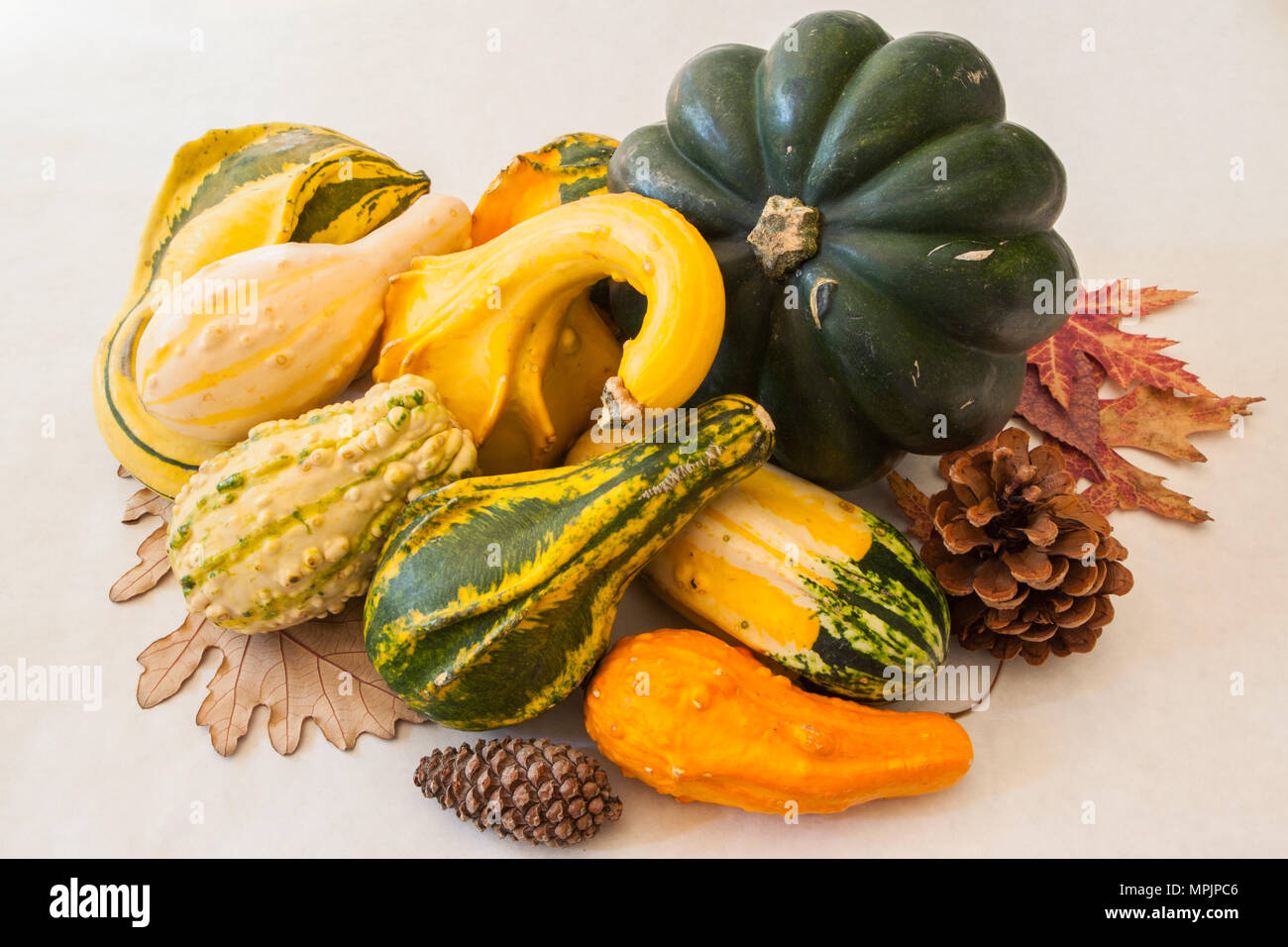Harvesting Small Gourds: When to Pick Your Decorative Squash

When it comes to harvesting small gourds like decorative squash, timing is everything. These vibrant miniaturized delights serve as an ideal ornamentation for autumn festivities and can be the centerpiece of various home decor. To ensure you're picking your gourds at their prime, this guide will walk you through the when, how, and why of the small gourd harvest.
Understanding Your Gourds

Before you go picking decorative squash, it’s essential to understand the varieties you’re dealing with. Gourds come in numerous shapes, sizes, and colors, but here’s a brief rundown:
- Pumpkinettes: Small, often ribbed, and come in hues from white to orange.
- Crown of Thorns: Known for their unique, thorn-like protrusions.
- Apple Gourds: Round and smooth, these gourds resemble miniature apples.
🌿 Note: Gourds can cross-pollinate, so keep in mind that if you're planning to save seeds, they might not grow true to the parent plant.
When to Harvest

The harvest time for gourds varies with different factors such as the specific type of gourd, your location’s climate, and how you plan to use them. Here’s when to pick:
- Maturity Indicators: Look for these signs:
- Color Change: They've reached their final color, often bright and vibrant.
- Dry Stem: The stem connected to the gourd is drying out.
- Hardness: The gourd should feel hard, not squashy.
- Frost Concerns: Typically, you want to harvest before the first frost hits. Some varieties might be frost-resistant, but it's safer to err on the side of caution.
- Curing: If you plan to use the gourds for crafts or preservation, they'll need to cure on the vine for as long as possible.
🍂 Note: Harvesting too early results in gourds that will not reach full maturity and could rot instead of dry out.
The Harvesting Process

Picking your decorative gourds should be done carefully to avoid damaging them:
- Cut, Don’t Pull: Using clean, sharp shears or pruning snips, cut the stem about 2-3 inches above the gourd. Avoid pulling or twisting to minimize damage.
- Gentle Handling: Handle the gourds gently to prevent bruising or scratching, which can lead to mold or decay.
- Avoid Piling: Never pile the gourds on top of each other as this can lead to softening and eventual rotting.
Post-Harvest Care

| Step | Action | Purpose |
|---|---|---|
| Wash | Use a mild soap solution to gently clean off soil or debris. | To remove dirt and prevent mold growth. |
| Dry | Allow them to air dry in a well-ventilated area. | Helps in the curing process and prevents rot. |
| Cure | Place them in a warm, dry place for several weeks. | This hardens the outer shell for crafting. |

📝 Note: Curing is essential if you plan to use your gourds for crafts or long-term display.
The Art of Using Gourds

After picking your decorative squash, consider their myriad uses:
- Autumn Decor: Arrange them in bowls, centerpieces, or even strung together as garlands.
- Crafts: Once cured, gourds can be carved, painted, or used as bases for birdhouses.
- Gift Ideas: Painted or personalized gourds can serve as unique, nature-inspired presents.
Summing up, harvesting small gourds isn't just about timing but also about understanding their growth cycle, ensuring proper care, and exploring their creative potential. By following the steps outlined, you'll have an array of beautiful, vibrant gourds ready to transform your home into an autumn wonderland or craft masterpiece. From their cultivation to their use, these natural treasures offer endless inspiration and a touch of rustic charm to your seasonal celebrations.
What happens if I pick my gourds too early?

+
If gourds are picked before they are fully mature, they won’t fully develop their color, they might be soft instead of hard, and they could rot rather than dry out for long-term use.
Can I use gourds for something other than decor?

+
Yes, besides decor, gourds can be used in crafts for carving, painting, and even birdhouses. Some people even use larger varieties for musical instruments or as storage containers.
Do gourds grow back every year?

+
Many gourds are annual plants, meaning you’ll need to plant new seeds each year. However, if you save and plant the seeds from your harvested gourds, you can enjoy a new crop in the next season.



